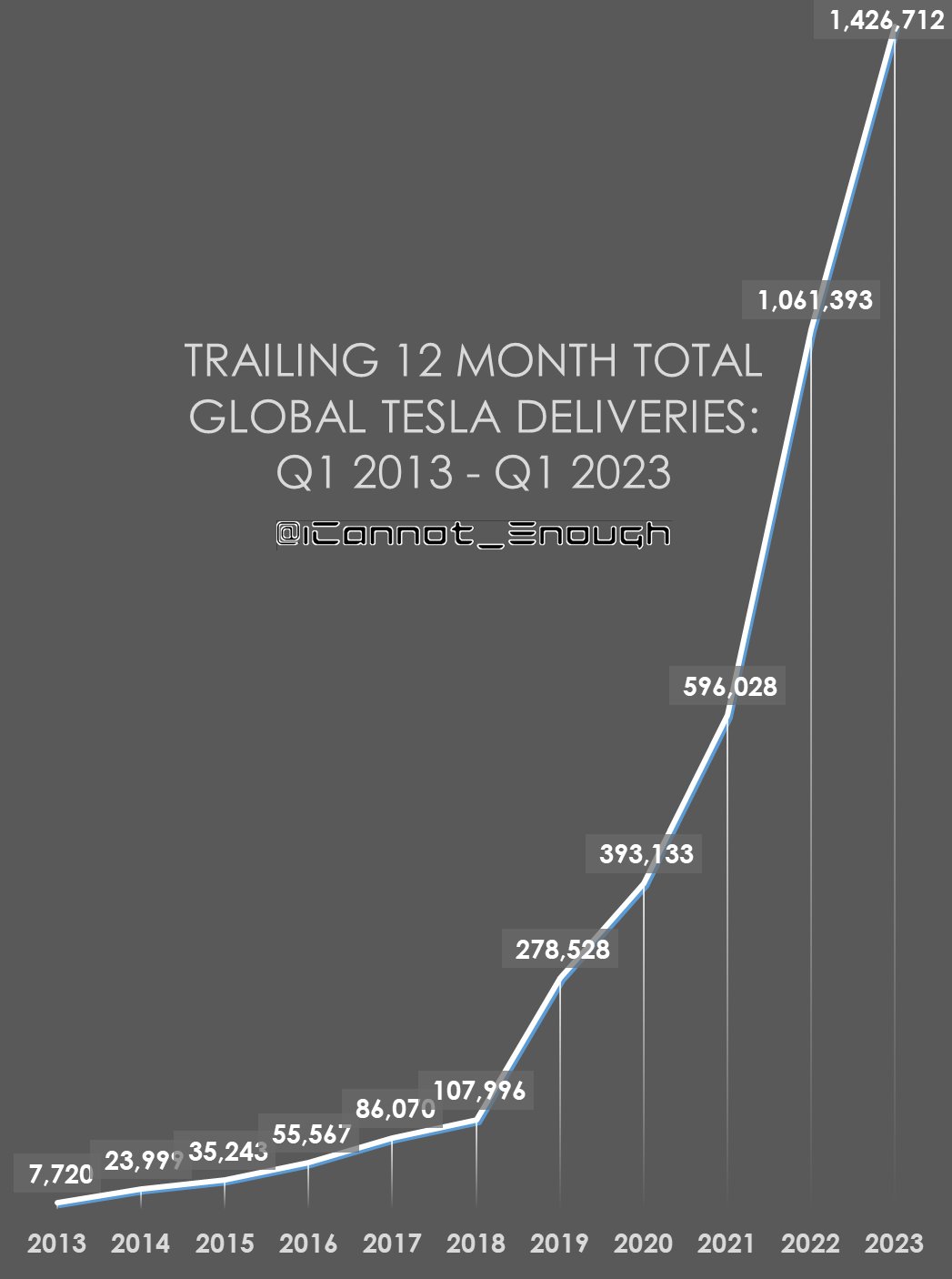Looks are always subjective of course, the 3&Y are excellent cars, looks aside.
As a professional artist I have to strongly disagree with you. I think the Model 3 is a beautiful, clean, uncluttered, timeless design and that beauty is not merely subjective. There's a science to it attached to an understanding of human psychology.
Human beauty is not merely subjective even with varying preferences, and often transportation design plays upon our preferences here. Those preferences are based on millions of years of evolution and sexual selection.
Example, the seductive curves of sports cars, the wide-stanced hulking 'muscles' of muscle cars, the air-slicing look of a supercar, the eyes of a car (headlights) and how that affects its 'face' or perceived attitude...all of it plays on human beauty standards and our intuitions about the world.
Why is a car 'cute' or imposing? Why are trucks made to look 'tough', appealing to males? A vehicle is your avatar on the road, and humans tend to connect to them deeply.
Why is a vehicle seen as a 'woman's car' or not? This is again related to form language as it plays on perception from a majority. The New Beetle is not the most masculine thing you could drive, nor is the Gucci trim FIAT 500. There are discrete reasons for this not lost on designers. In the U.K. the 500 might be known as a hairdresser's car but I loved my Abarth because it was cute and rorty. Trim level matters too, natch.
Why is the Pontiac Aztek so sad looking, and why was it the perfectly cast vehicle for Walter White of the amazing "Breaking Bad" series? It all comes down to how humans over large sample sizes interpret form language, bold design vs. safe and boring, color (e.g., bold primaries vs. pastels or muted Earth tones), color balance, symmetry, presence and gravitas, etc. This is why you won't see Batman driving a smart car.
To me, the Model 3 is the best looking sedan, ever. It's hard to do much when form has to follow function but Tesla has done it. However, it's very easy to ruin a design. Just look at the back end of a Hyundai Ioniq and that saggy mess when the front end is so clean and modern. Or, look at any vehicle with fake vents or cluttered form language, fussy sculpted lines, or goofy proportions like the aforementioned Aztek.
What does it even mean to say a design is 'fussy' or 'clean'? It comes down to purity of vision, form cohesion, inspired confidence, flow, rhythm, etc. In design, all of these terms apply and separate great artists from the noobs, hacks, or those lacking confidence. Worse is the art designed by committee, a blight of some OEM design centers, I'm sure.
Opinions vary, but there's a science to what humans find beautiful and it's not merely subjective. Otherwise, vehicle design wouldn't be such a painstaking process and there wouldn't be celebrated designers, right? Why with subjective design could there ever be 'bad' design? It's because humans are particular about beauty, and nobody cares about hurting a car's feelings.
The good thing is, we understand human beauty standards well enough to design vehicles that generate a predictable emotional response for most people, namely the car's target market demographic.




